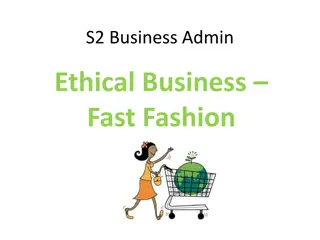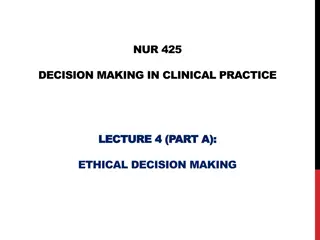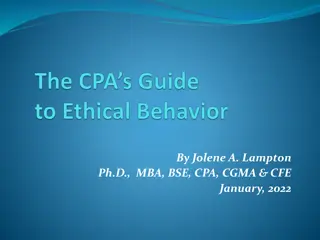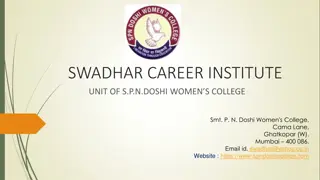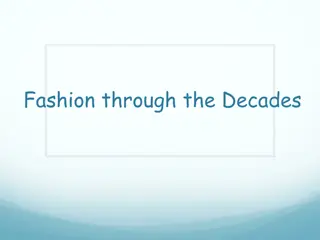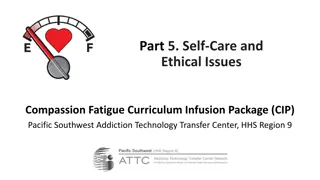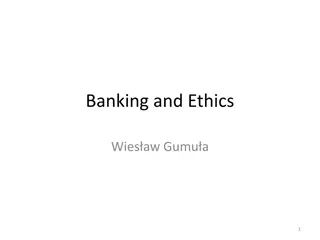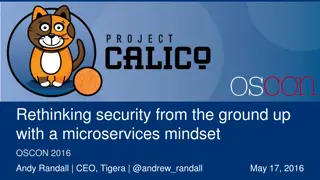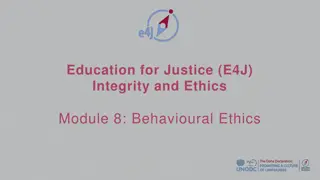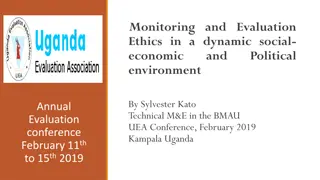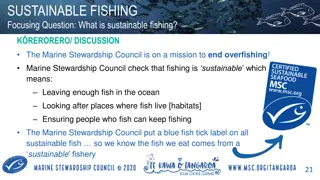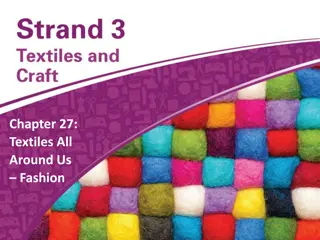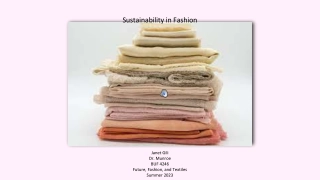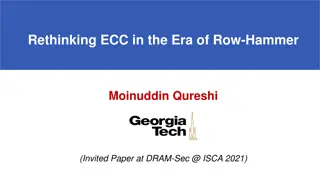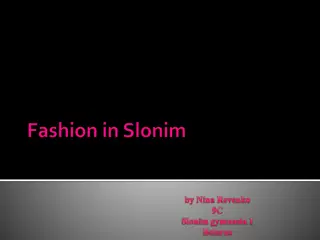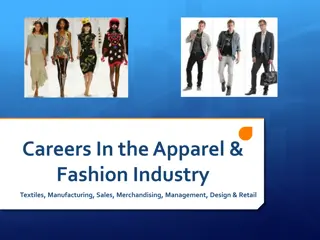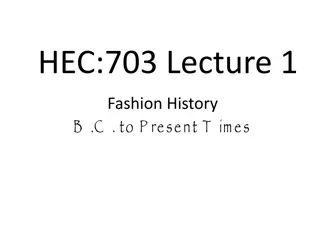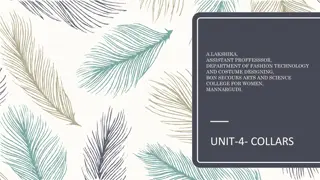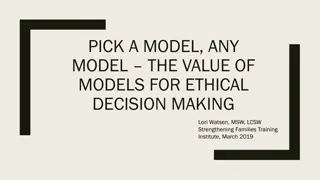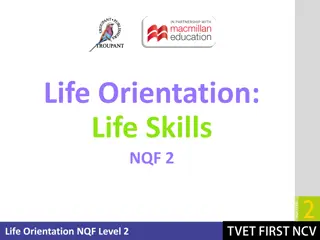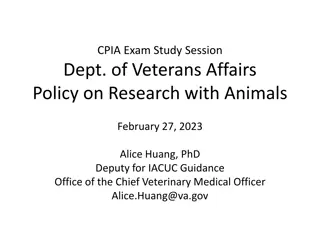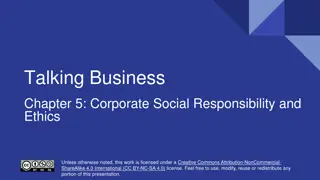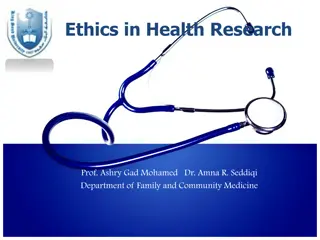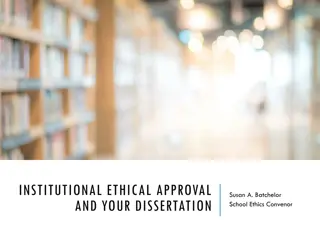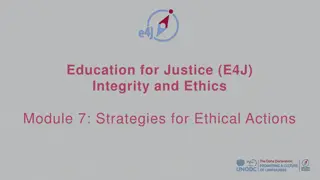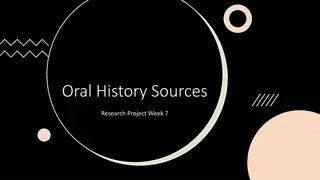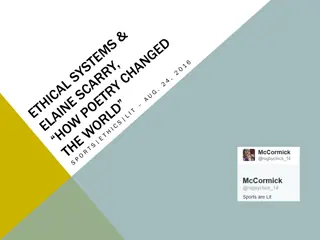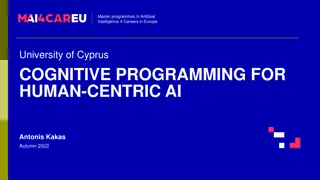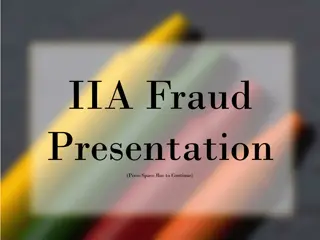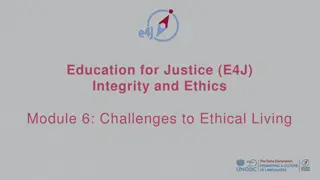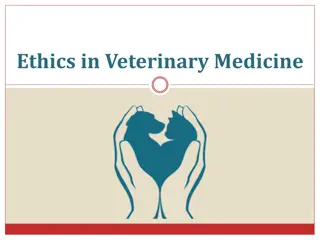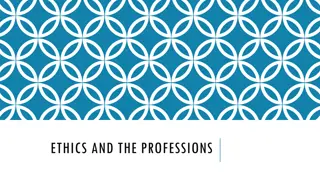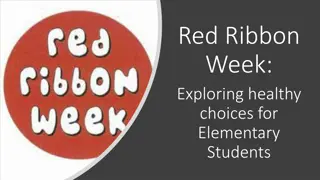Rethinking Fashion: Sustainable Practices and Ethical Choices
Explore the harmful effects of greenwashing and microplastics in the fashion industry, while also discovering the positive impacts of fair trade textiles and second-hand shopping. Learn how to make environmentally conscious decisions and minimize waste in the world of fashion.
Download Presentation

Please find below an Image/Link to download the presentation.
The content on the website is provided AS IS for your information and personal use only. It may not be sold, licensed, or shared on other websites without obtaining consent from the author. Download presentation by click this link. If you encounter any issues during the download, it is possible that the publisher has removed the file from their server.
E N D
Presentation Transcript
#wasteisoutoffashion Greenwashing A) A) Ultra-fast fashion renewal of fashion trends and collections. B) B) Consuming more than what one actually needs. C) C) Promoting a conventional product or service as environmentally friendly, although it might not be.
#wasteisoutoffashion Greenwashing C) C) Promoting a conventional product or service as environmentally friendly, although it might not be. Greenwashing aims at targeting and tricking consumers into buying a product they would not tend to buy as it is.
#wasteisoutoffashion Microplastics A) A) Textile that is produced in a way that also benefits the producers. B) B) Plastic pieces and debris that are smaller than 5mm. C) C) Buying products that have already been used.
#wasteisoutoffashion Microplastics B) B) Plastic pieces and debris that are smaller than 5mm. Harmful to the environment and animal health, microplastics end up in the ocean largely due to synthetic clothing, which degrades during the laundry. They can also be the result of damaged plastic waste.
#wasteisoutoffashion Fairtrade textiles A) A) The process that saves the textile material from the rubbish transforming it into something new. B) B) Textile that is produced in a way that also benefits the producers. C) C) It leads to the over-exploitation of natural resources.
#wasteisoutoffashion Fairtrade textiles B) B) Textile that is produced in a way that also benefits the producers. Fair trade aims at ensuring equal treatments of every part of the value chain. It is environmentally friendly and ensures the wellbeing of local communities and workers.
#wasteisoutoffashion Second-hand A) A) Buying products that have already been used. B) B) Ensuring that the way a product is made is ecological. C) C) Identifying what is truly essential, removing and avoiding unnecessary items, while thinking about the value of belongings.
#wasteisoutoffashion Second-hand A) A) Buying products that have already been used. You can even male it look as good as new by upcycling them! Second- hand clothes can be found in thrift shops, on dedicated websites, or you can receive it from donations. Second- hand reduces the impact of your shopping.
Circular economy A) A) Ultra-fast renewal of fashion trends and collections. B) B) Targeting and tricking consumers into buying a product they would not tend to buy as it is. C) C) A production and consumption model that is respectful of the environment. #wasteisoutoffashion
Circular economy C) C) A production and consumption model that is respectful of the environment. Circular economy revolves around waste as a resource, instead of seeing it as a trash. Products are then better conceived and recycled, and everything keeps in the loop. #wasteisoutoffashion
#wasteisoutoffashion Fast fashion A) A) Consuming more than what one actu ally needs. B) B) Identifying what is truly essential, re moving and avoiding unnecessary item s, while thinking about the value of belongings. C) C) Ultra-fast renewal of fashion trends and collections.
#wasteisoutoffashion Fast fashion C) C) Ultra-fast renewal of fashion trends and collections. Such clothes are not made to last, thus they are usually very cheap and easy to consume, but break easily and are very polluting. The cheap price often hides very low working conditions in poor and developing countries.
Upcycling A) A) Targeting and tricking consumers int o buying a product they would not tend to buy as it is. B) B) The process that saves the textile material from the rubbish transf orming it into something new. C) C) Ensuring that the way a product is m ade is ecological. #wasteisoutoffashion
Upcycling B) B) The process that saves the textile material from the rubbish tran sforming it into something new with an even greater value. Some creativity is needed but it's a great substitute of producting new products. It's a greener way of transforming. #wasteisoutoffashion
#wasteisoutoffashion Minimal approach A) A) Identifying what is truly essential, removing and avoiding unnecessary items, while thinking about the value of belongings. B) B) Harmful to the environment and animal health. C) C) Ensuring that the way a product is made is ecological.
#wasteisoutoffashion Minimal approach A) A) Identifying what is truly essential, removing and avoiding unnecessary items, while thinking about the value of belongings.
#wasteisoutoffashion Overconsumption A) A) Consuming more than what one actually needs. B) B) A production and consumption model that is respectful of the environment. C) C) Environmentally friendly and ensuring the wellbeing of local communities and workers.
#wasteisoutoffashion Overconsumption A) A) Consuming more than what one actually needs. This applies to all sectors and is greatly due to planned obsolescence and higher living standards. Over-consumption leads to the over-exploitation of natural resources.
#wasteisoutoffashion Eco-design Eco-design A) A) Plastic pieces smaller than 5mm. xxxxx B) B) The process that saves the textile material from the rubbishtransforming it into something new. xxxxx C) C) The way a product is made takes into consideration also the end of its life providing a solution for its reuse, or recycling.
#wasteisoutoffashion Eco-design Eco-design C) C) xxxxx The way a product is made takes into consideration also the end of its life providing a solution for its reuse, or recycling. Ensuring that the way a product is made is ecological. It implies using clean resources and making sure the product can be reused, repaired, and recycled. xxxxx



